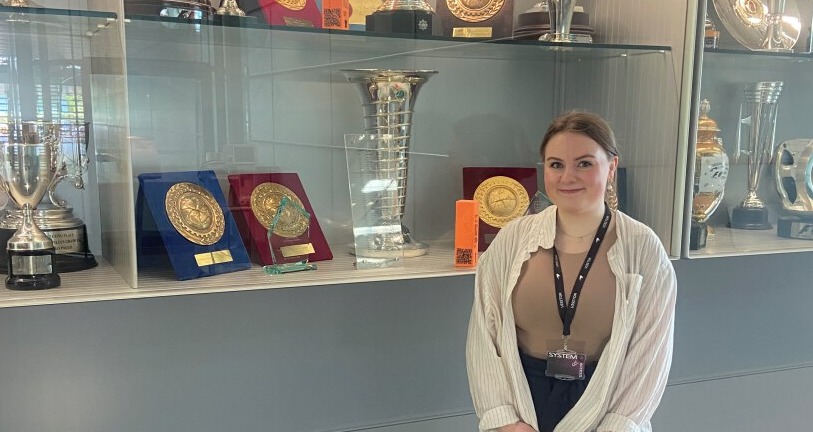Unilever’s Ambition
25/09/2014

A couple of days ago I was talking at the European HR summit in London and the speaker after me was Mike Clementi, SVP HR for Unilever. He was talking about Unilever’s CEO, Paul Polman, who believes that there is an extremely important role for large companies to work for good. Unilever consequently has three ambitions, to double in size, to work for the social good and to reduce the environmental impact of their customers in their use of Unilever’s products.
Mike shared with us Unilever’s gender diversity plans aimed at balancing the gender representation in all levels of management in what is already a very ethnically diverse company. The plan has legs and the results are measured in the company’s scorecard, but what I just want to focus on are one simple approach that has helped them move forward and their global ambition road map.
How do you increase gender diversity? Unilever’s approach has been to insist on there being a balanced slate in at least 80% of the job openings. That means that the selection panel have an equal number of male and female applicants; although they are expected to pick the best candidate to fill the job. This has had a huge impact on the number of women getting these positions with the balance now being 50:50. There were questions from the audience about the depth of talent available, but basically the rule has made managers in the company look at their talent pipeline to ensure they can create the balanced slate required.
As Unilever move forwards they have a road map of other ambitions but the ambition to be “thought leaders in inclusive management” struck me as a really interesting goal. It reminded me of what Toyota has done with “Lean”. Unilever are interested in inclusive management because of the access to talent and ideas that this will give them and that has to be one of the fundamental criteria for success in the years to come.
Mike Bourne
Categories & Tags:
Leave a comment on this post:
You might also like…
Automotive Engineering: From student to hypercar innovation at Rimac
We sat down with recent graduate Thomas Perrin, to discuss how his year on the MSc in Automotive Engineering at Cranfield University propelled him from the lecture hall directly into the ...
What this year at Cranfield really meant to me
Every Cranfield journey is unique. In this alumni reflection, Zachea Scicluna shares what her year at Cranfield truly meant, from facing uncertainty to gaining hands-on experience in industry-backed projects. I’ve been reflecting (and delaying) ...
Preparing for assignments and exams?
Sorry! We know it seems a bit mean to mention the exams in January rather than looking forward to the break before it! However, we know many of you will be thinking about your forthcoming ...
Screening for FTSE 100 companies on Bloomberg
So you’re researching an index and need some data on its constituent companies? Bloomberg’s Equity Screening tool makes light work of this, not just for the FTSE, but for indices, exchanges and sectors worldwide. Type EQS ...
Accelerating my future: How Cranfield put me on the fast track to automotive safety innovation
Hello! I’m Michaela Kaiser, and I’m thrilled to share my journey studying abroad. I’m from Calgary, Canada, and I recently graduated from Cranfield’s MSc Automotive Engineering course. My path to Cranfield ...
From Myanmar to Cranfield: My path to Renewable Energy
As someone who is passionate about sustainability, my career goal is to build a path in the renewable energy sector. My aspirations comes from the benefits of developing sustainable energy sources and ensuring energy ...






